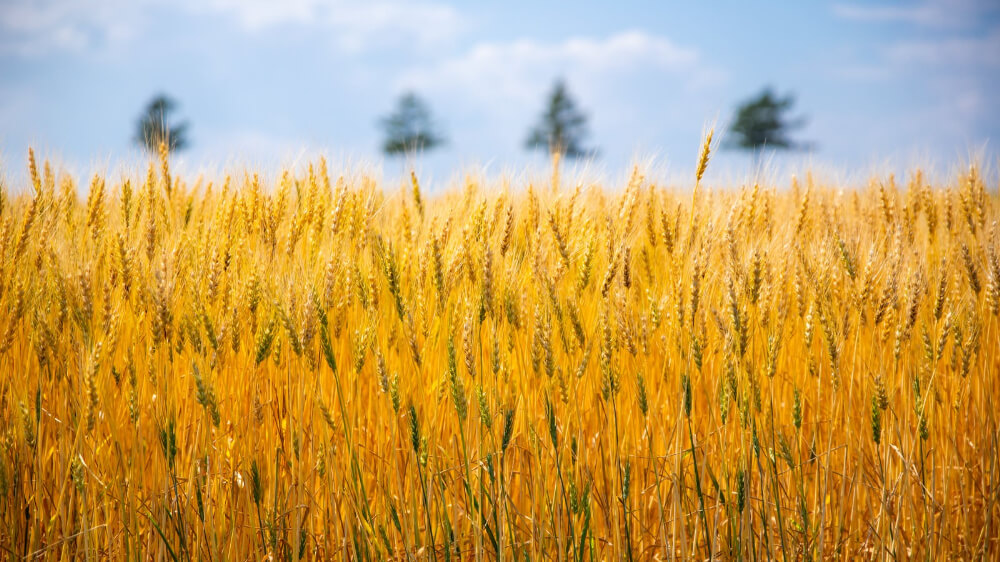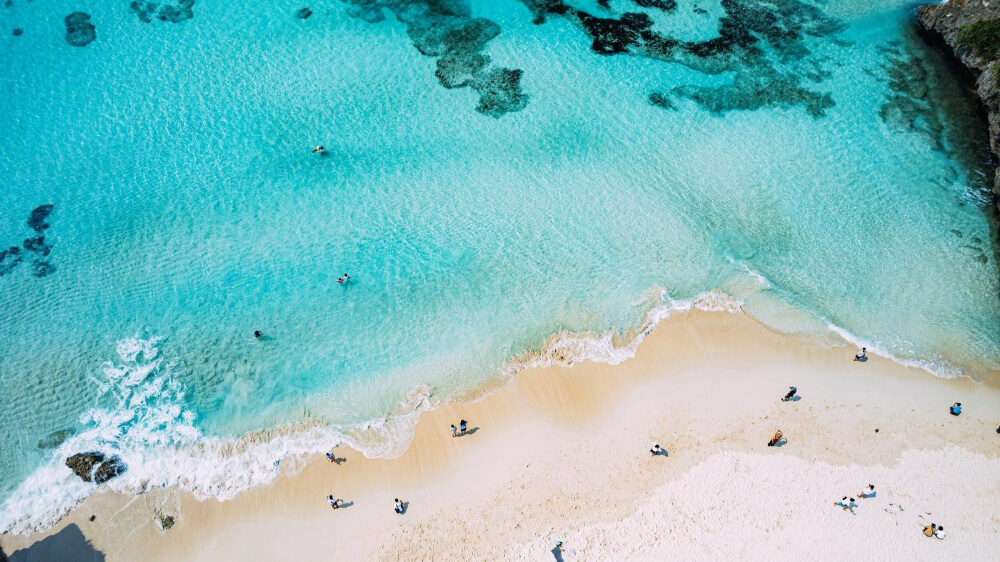Japan, stretching from the northern tip of Hokkaido to the southern Okinawa Islands, has a diverse range of climates. This guide provides an overview of the climate characteristics and the best seasons for tourism in Japan’s major cities, helping you find a suitable place to live or plan the perfect trip according to your preferences.
Climate of Major Cities in Japan
Hokkaido (Sapporo)
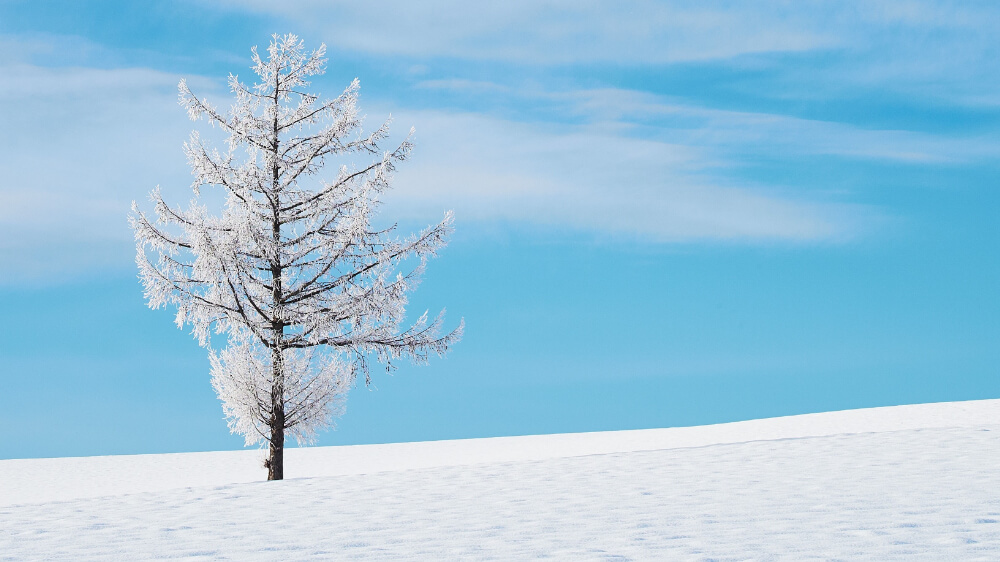
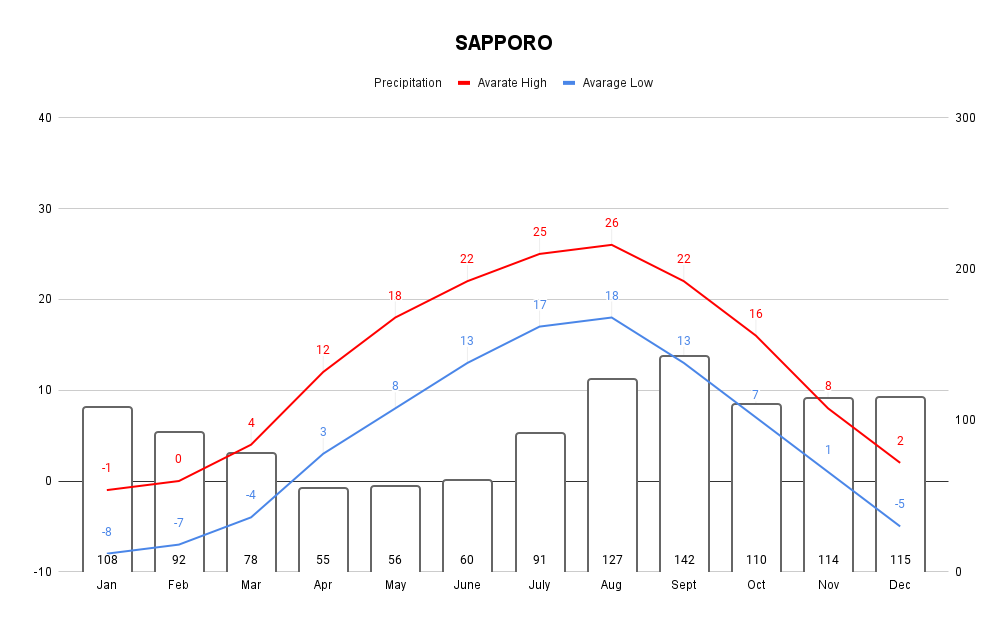
Climate Characteristics
Located at the northernmost part of Japan, Hokkaido is known for its cold winters and cool summers. It is the only region in Japan classified as having a subarctic climate. Winters are often below freezing with frequent snowfall, while summers can occasionally exceed 30°C, though evenings and mornings are cool. Unlike other regions in Japan, Hokkaido does not have a distinct rainy season.
Tourist Season
In winter, Hokkaido is filled with tourists seeking high-quality snow for skiing and enjoying snow festivals. However, heavy snowfalls can sometimes disrupt transportation. The pleasant summer weather makes it ideal for nature lovers, hikers, and those interested in general sightseeing.
If you want to know more about Hokkaido, please refer to “Hokkaido: A Comprehensive Prefecture Guide in Japan“.
Tokyo
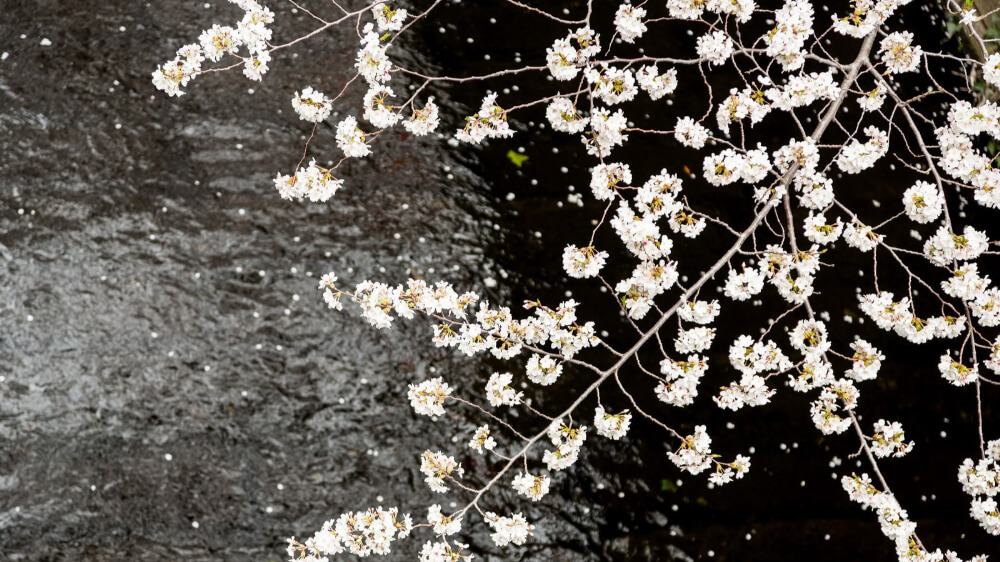
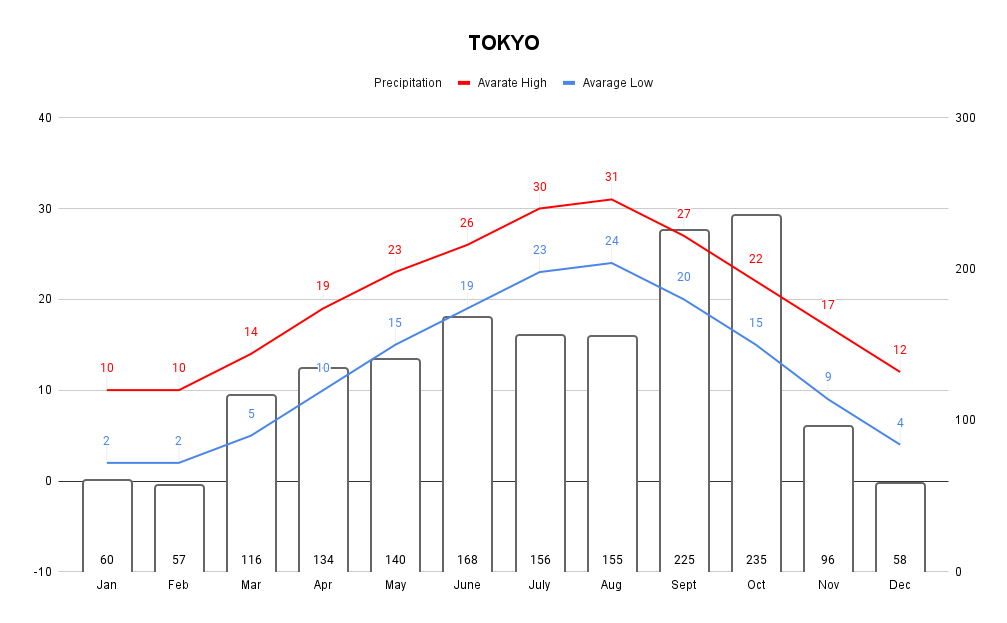
Climate Characteristics
Tokyo has a temperate climate with hot and humid summers and relatively mild winters. Except for the rainy season in June and July and the scorching heat of midsummer, it is a city with a relatively comfortable climate. Winters are often sunny, with rare occurrences of snowfall. From late August to early October, typhoons may approach several times a year, bringing heavy rainfall and strong winds. With distinct seasons, you can enjoy the transition of seasons.
Tourist Season
Spring, known for its pleasant weather and cherry blossoms, is an excellent time to visit Tokyo. Summer features numerous events and a lively atmosphere. Autumn and winter, with many sunny days, are also great for a calm visit. Tokyo offers ample indoor attractions, making it a year-round travel destination.
If you want to know more about Tokyo, please refer to “Tokyo: A Comprehensive Prefecture Guide in Japan“.
Kyoto
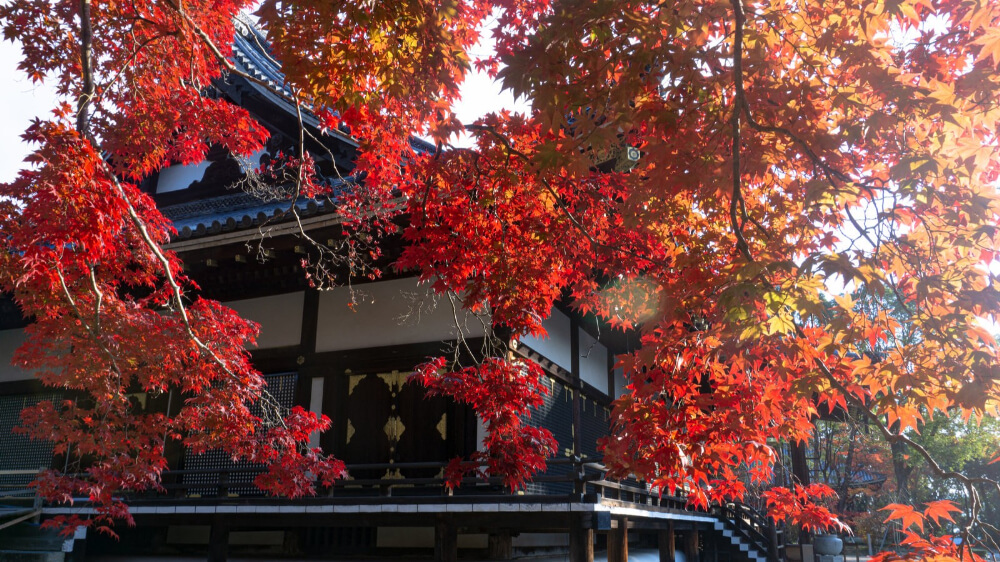

Climate Characteristics
Surrounded by mountains, Kyoto has an inland climate with large temperature fluctuations. Summers are hot and humid, while winters can be quite cold, with temperatures sometimes dropping below freezing. Although snowfall is rare in Kyoto city, it’s not uncommon in the surrounding mountainous regions. Spring and autumn bring mild and pleasant weather, though there can be considerable temperature variations between daytime and nighttime.
Tourist Season
Spring and autumn are the most popular times to visit Kyoto, especially during the cherry blossom and autumn foliage seasons. To avoid the crowds, consider visiting in May after the cherry blossoms have fallen and before the rainy season starts, or in October before the peak of the autumn colors.
If you want to know more about Kyoto, please refer to “Kyoto: A Comprehensive Prefecture Guide in Japan“.
Osaka
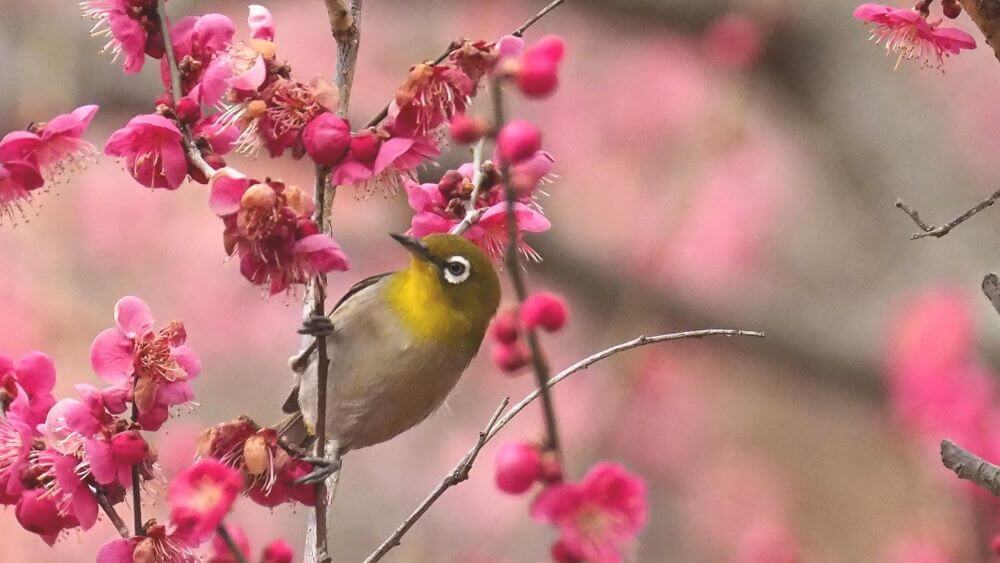
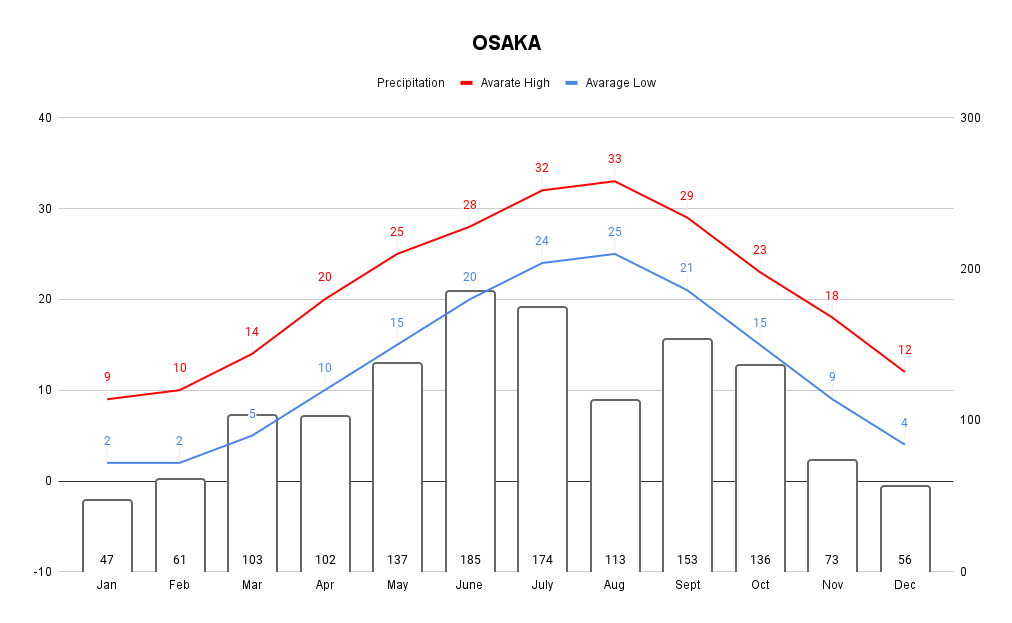
Climate Characteristics
Osaka enjoys a warm Seto Inland Sea climate, with relatively stable weather throughout the year. Summers are very hot and humid, sometimes exceeding 35°C, while winters are milder with rare snowfall. Like Tokyo and Kyoto, Osaka enters the rainy season in early June and is most affected by typhoons around September.
Tourist Season
Osaka is comfortable for travel year-round, with April to May and October to November being the best months due to milder weather. Major events during summer and New Year draw large crowds, leading to higher travel costs and crowded attractions.
If you want to know more about Osaka, please refer to “Osaka: A Comprehensive Prefecture Guide in Japan“.
Okinawa (Naha)
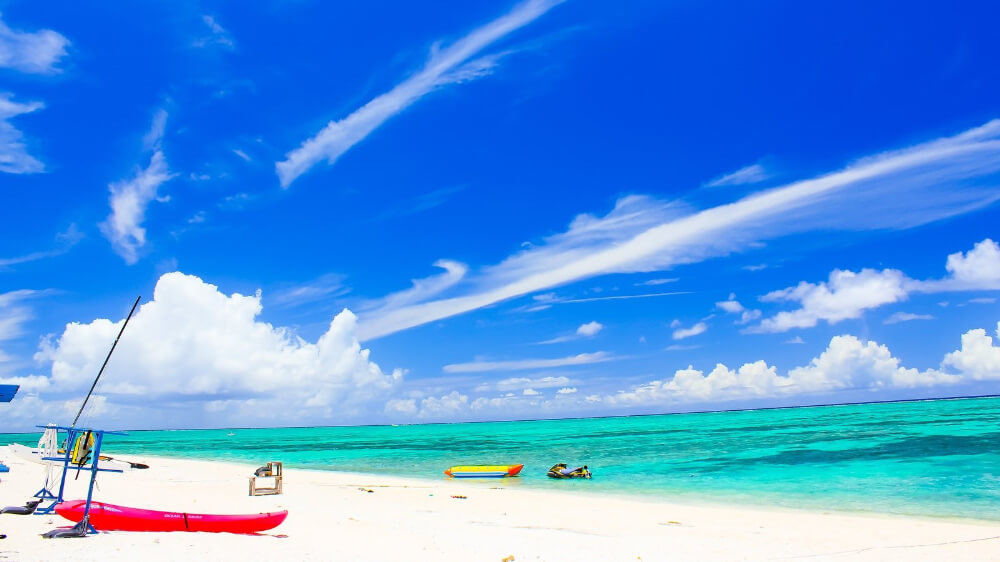

Climate Characteristics
Okinawa has a subtropical climate, characterised by high temperatures and humidity. Even in mid-winter, temperatures range from 15°C to 20°C, although strong northern winds can make it feel cooler. Summers are very sunny and humid, but temperatures rarely exceed 35°C due to the sea breezes. Okinawa faces frequent typhoons from July to September and has an early rainy season from May to June.
Tourist Season
The best time for beach activities is from April to November, except for the rainy season in May and early June. Despite the high typhoon frequency, summer remains the peak season for visitors drawn by Okinawa’s beaches. Winter activities like whale watching are available, but many attractions may close, making it a less ideal time to visit. October, with warm temperatures and fewer typhoons, is the most recommended month.
If you want to know more about Okinawa, please refer to “Okinawa: A Comprehensive Prefecture Guide in Japan“.
Summary of Climate in Japan
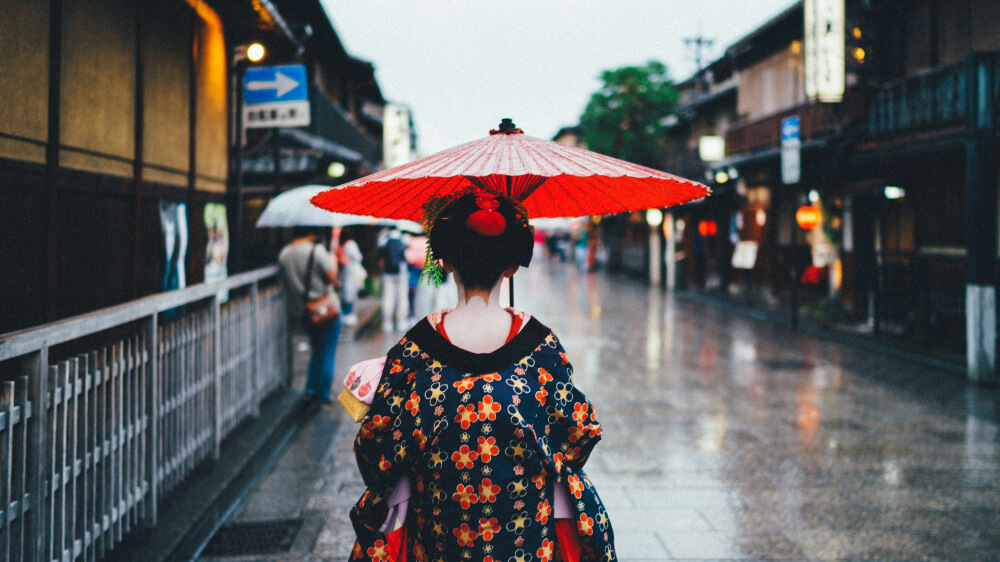


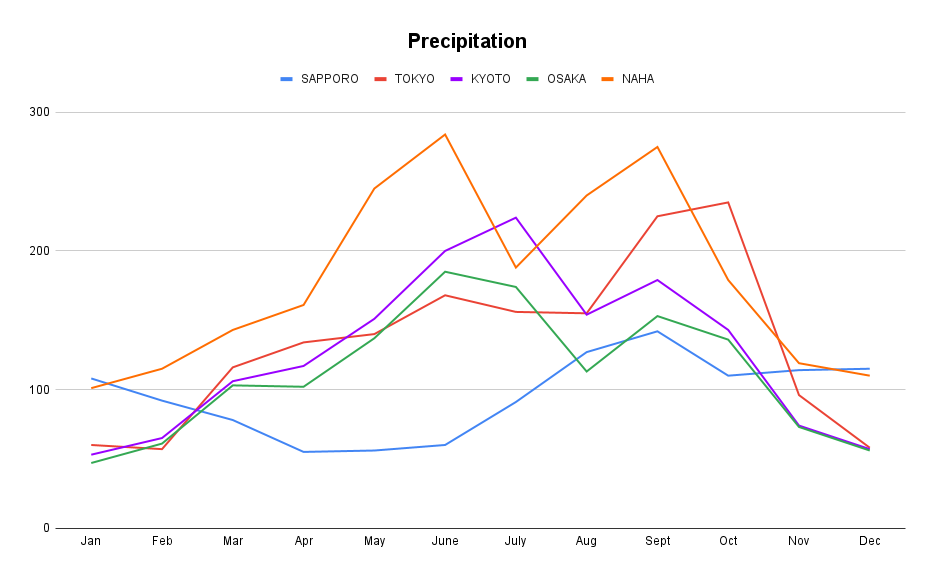
When planning a trip to Japan, the most significant considerations are the rainy and typhoon seasons. Okinawa is most affected by the rainy season in May, while the main islands face it in June. Typhoons are more frequent and severe in Okinawa, potentially causing extended travel disruptions. Plan your itinerary with some flexibility.
Engaging in seasonal activities such as skiing and enjoying hot springs in Hokkaido during winter, and snorkeling in Okinawa during summer, are some of the highlights of traveling. Tokyo and Osaka offer travelers a comfortable trip year-round, while Kyoto shines in spring and autumn. Understanding Japan’s diverse climates will enhance your travel experience, making it both comfortable and enriching.
Japan’s varied climates offer unique attractions throughout the year. Consider the climate and best seasons of each city to plan a comfortable and fulfilling journey.
